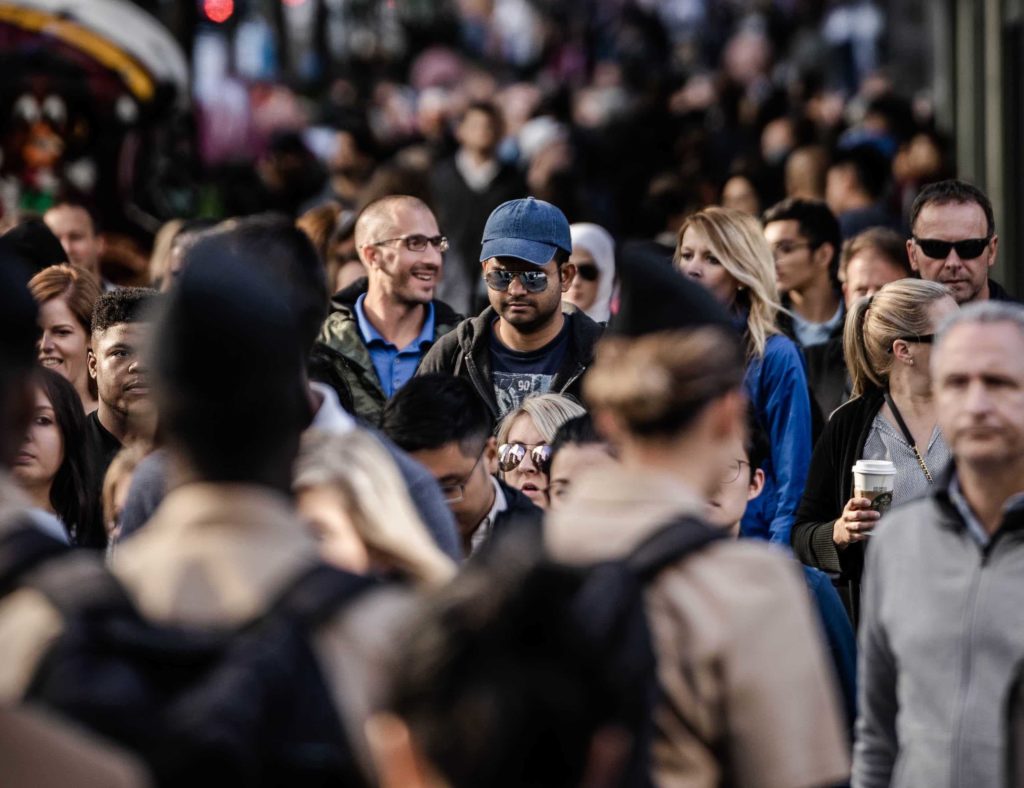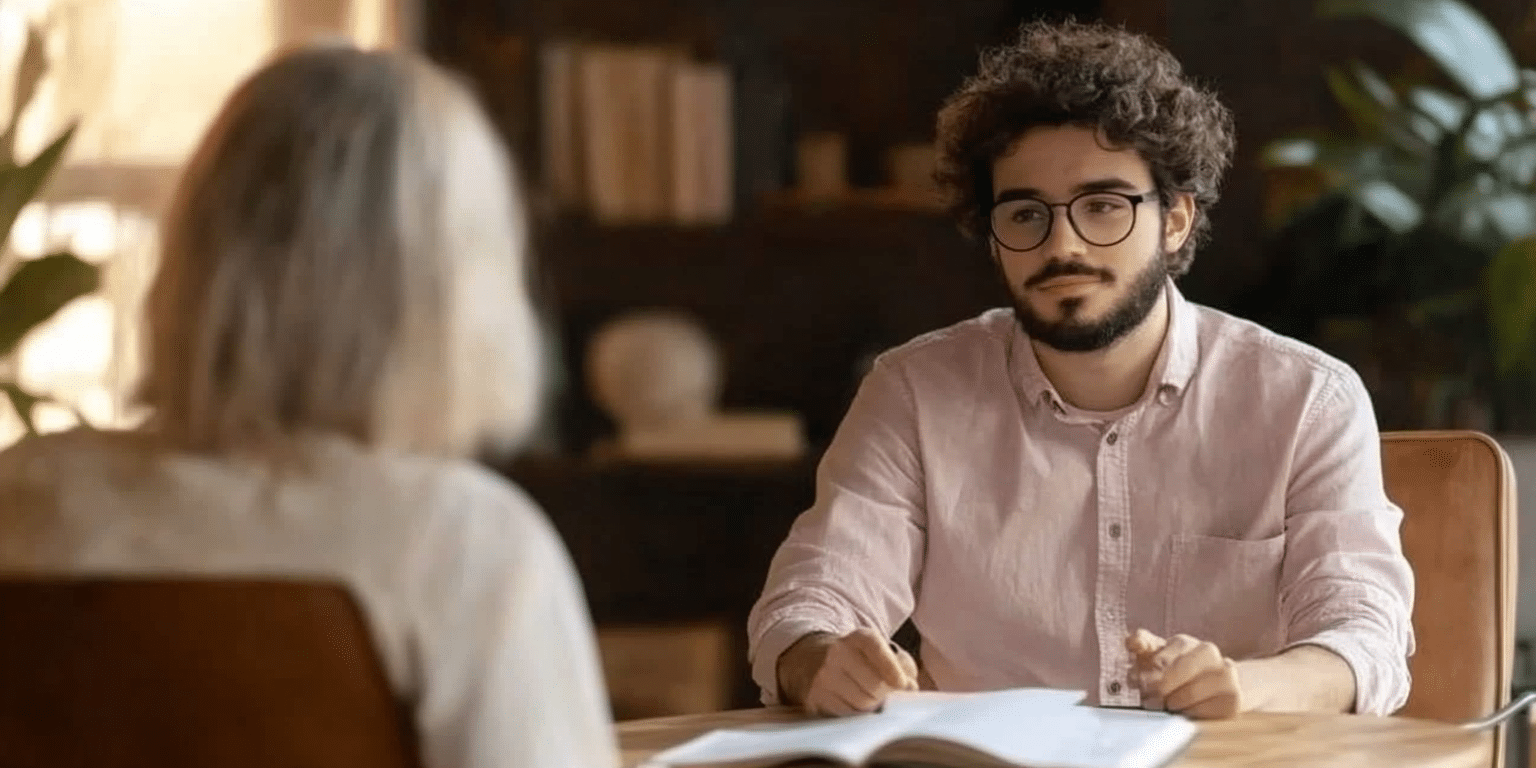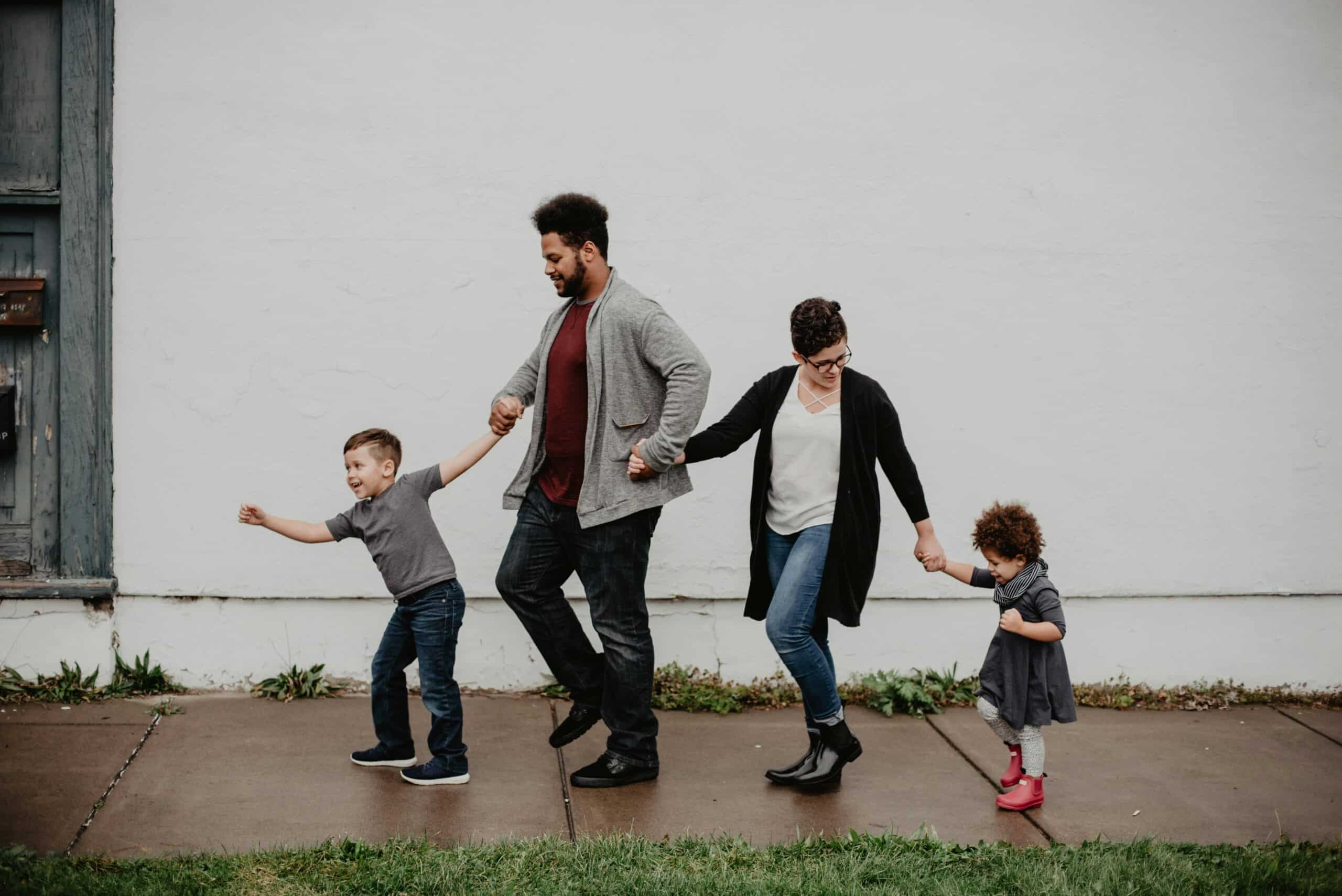5 Min Read
How to Overcome Social Anxiety
Does the thought of giving a presentation in front of others make you physically ill? Have you turned down invitations to social events because you might be introduced to new people? Or do you avoid eye contact with people on the subway for fear they might initiate small talk? If you answered yes to these questions, you might suffer from Social Anxiety Disorder.

Understanding Social Anxiety Disorder
Social Anxiety Disorder (which is also known as social phobia), is a form of anxiety disorder that affects 6.8% of American adults, or 15 million people, most of whom are women. Social anxiety is more than simple shyness, stagefright, or occasional performance anxiety. According to the Diagnostic and Statistical Manual of Mental Disorder, Fifth Edition (DSM-5), individuals with social anxiety disorder may be inadequately assertive, or excessively submissive or, less commonly, highly controlling of the conversation. They may show an overly rigid posture or inadequate eye contact, or speak with an overly soft voice. People who suffer from social anxiety have a constant and intense fear of any general social interaction. The possibility that someone notices or calls attention to them incites both mental and physical symptoms, so they tend to avoid social situations whenever possible.
The following situations may trigger social anxiety:
- Meeting new people or speaking with “important” people
- Public speaking or speaking up at a meeting
- Any public performance situation
- Eating or drinking in public
- Using a public restroom
- Being the center of attention in a social situation or being watched
The difference between social anxiety and “shyness” is that social situations almost always provoke fear or anxiety. The discomfort, nervousness, and fear of rejection they feel aren’t fleeting; it’s pervasive. If one suffers from social anxiety and they know social situations are coming up, they could spend weeks or even months fretting about the potential of doing or saying something embarrassing.
People with social anxiety disorder will usually try to avoid a triggering situation at all costs. When avoidance isn’t an option, though, they’ll do whatever possible to remain inconspicuous. For example, at a party, they might spend time in an unoccupied room or stand on the fringes of the crowd, suffering in silence.
Adding to their emotional discomfort is the fear that someone might notice their physical symptoms of anxiety. Hand tremors, shaky voice, red face or blushing, or excessive sweating are external signs of their embarrassment and intense anxiety. Internally, they could also be experiencing other symptoms of social anxiety like nausea, dizziness, racing heart, or shortness of breath. All of these escalating anxiety symptoms create an unbearable state of being, and may even result in a panic attack or anxiety attack.

Find a Therapist to Help With Overcoming Social Anxiety
Get personalized matchesSuffering from Social Anxiety? You’re not alone.
No one who suffers from social anxiety disorder wants to feel the way they do. They know their intense social fears are irrational. They understand that their condition makes them seem withdrawn, unfriendly, or standoffish, which they know aren’t wonderful qualities. They want to create friendships, be included in group activities, and use their social skills in group settings, but their social phobia simply won’t let them.
If you’re finding yourself in these descriptions, know that you’re not alone. According to The Social Anxiety Institute, social anxiety disorder is the third largest mental health care problem in the world today. The Institute cites a lifetime prevalence rate of 13%, meaning everyone has about a 13% chance of developing social phobia at any time during their lifetime.
How Psychotherapy Can Help
You should also know that social phobia won’t go away on its own, but treatment of social anxiety is entirely possible. One of the most effective treatments for anxious people is psychotherapy — specifically, an approach called cognitive behavioral therapy (CBT).
CBT is a type of therapy that helps you identify and explore your negative thoughts and behaviors and replace them with more logical and positive ones. For example, assume your social anxiety disorder has made you terrified to visit a new restaurant. You’re afraid you’ll do something embarrassing in front of people, like mispronounce a menu item or use the wrong utensil, or perhaps the waiter will want to engage in small talk. Your therapist will walk you through each of these fears and negative thoughts, helping you to question each of them rationally. Then he or she will help you reframe this particular social situation in a new, more positive and more realistic way.
Your psychotherapist might employ exposure therapy to help you overcome your fear of social situations. Exposure therapy is a form of CBT that exposes patients with intense fears or phobias to the situation or thing that triggers their fear response. The exposure may be gradual, but throughout the process, the therapist works with the patient to face and explore their individual concerns. Exposure therapy with a social anxiety patient may include taking the patient to a crowded coffee shop or asking them to read out loud. Some therapists might even help their patients learn new skills to make them more comfortable and confident in social situations.
Psychotherapy treatment plans are often complemented with medication. For social anxiety disorder sufferers, prescriptions usually include anti-anxiety medications or antidepressants. Current research has found that selective serotonin reuptake inhibitors (SSRIs) are often the first choice for treating the mental and emotional symptoms of social anxiety. Serotonin and norepinephrine reuptake inhibitors (SNRIs) and benzodiazepines are a second option. Beta blockers will help to calm the physical symptoms of anxiety by blocking the adrenaline that floods your system when you’re nervous or anxious. A psychiatrist or your general practitioner will prescribe the medication or combination of medications that works best for you with the fewest side effects.
Self-Help for Social Anxiety
There are several self-help exercises you can do to enhance your success with psychotherapy and medication and help you overcome your feelings of anxiety. An active lifestyle, healthy diet, and adequate sleep go a long way toward making you feel more balanced, calm, and generally happy. Use a journal to write down your daily concerns and note the specific social situations that seemed to trigger your anxiety. You might also benefit from meditation, yoga, or deep breathing exercises.
Some people turn to alcohol, nicotine, or other substances to deal with their social anxiety disorder. While these may temporarily relieve your symptoms or lower your inhibitions, they are not a healthy route to pursue. Using alcohol or non-prescription drugs to manage anxiety symptoms may lead to substance abuse that may create new problems that will interfere with your happiness and daily life.
The First Step Is Getting Help
According to Psycom.net, 36% of people with social anxiety disorder experience symptoms for 10 years before seeking help. Social anxiety is a common, serious, and highly treatable anxiety disorder. In one study, 85% of patients who saw a psychologist or therapist for individual or group therapy using CBT reported drastic improvement or recovery.
Most therapists today practice cognitive behavioral therapies and have found great success with social phobia patients. To find a therapist to help you with your social anxiety, go to WithTherapy.com today. Our unique matchmaking service will help you identify the right therapist for you based on your particular preferences. Your comfort level with your therapist dramatically increases your chances of living a better, less anxious life or completely overcoming your social anxiety issues.
Find a Therapist to Help With Overcoming Social Anxiety




